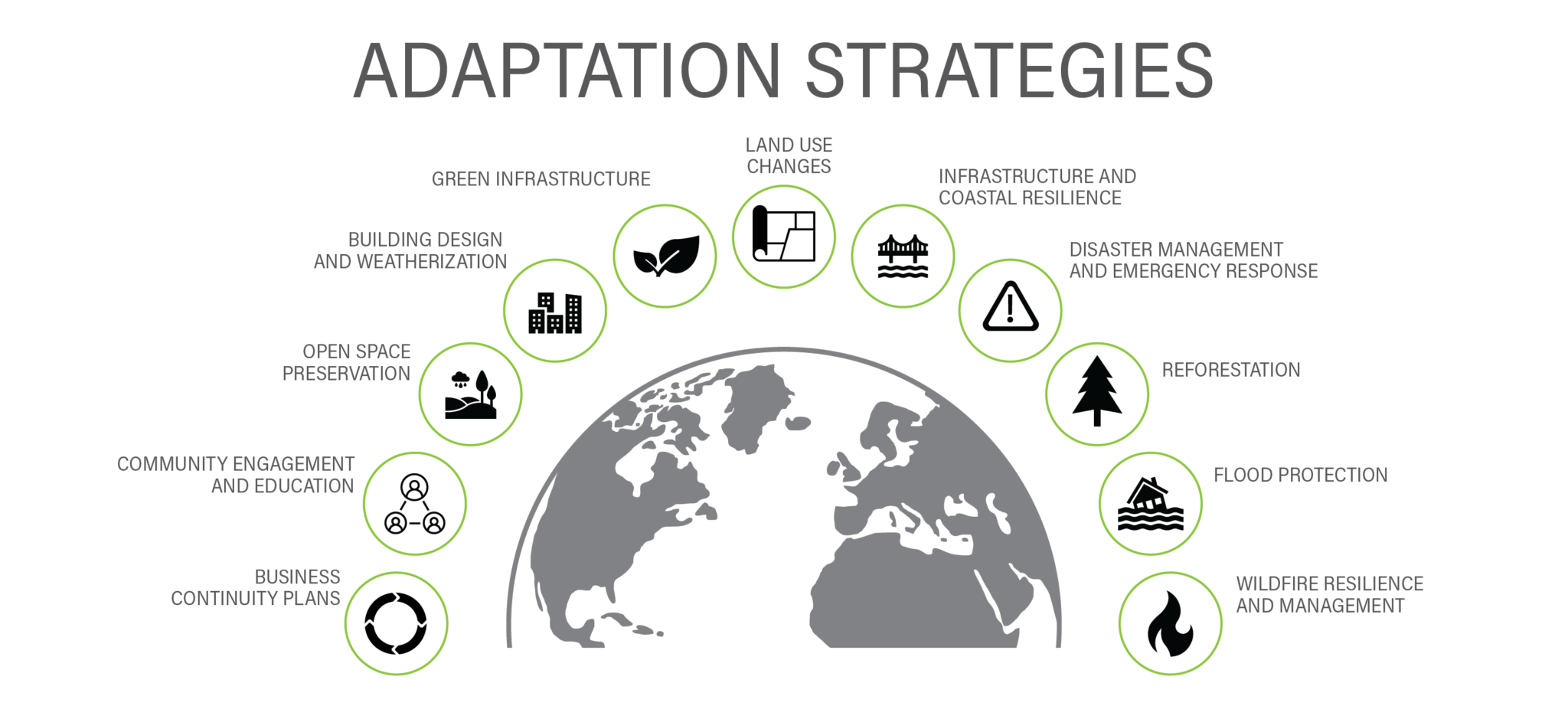Anticipating Drier Weather: Mitigation Strategies And Safety Measures

Table of Contents
Conserving Water During Drier Weather
Prolonged periods of drier weather can lead to water restrictions and shortages. Conserving water is not just environmentally responsible; it's essential for ensuring a reliable water supply for everyone. Here's how you can contribute:
Implementing Water-Wise Practices at Home
Even small changes in your daily routine can make a big difference in water conservation during drier weather. Consider these simple yet effective practices:
- Fix leaky faucets and toilets: A dripping faucet can waste gallons of water over time. Repairing leaks promptly prevents unnecessary water loss and reduces your water bill.
- Install low-flow showerheads and toilets: These fixtures significantly reduce water consumption without compromising performance. Many local water authorities offer rebates for installing water-efficient appliances.
- Water lawns efficiently: Water your lawn during the cooler parts of the day, early morning or evening, to minimize evaporation. Deep, infrequent watering encourages deeper root growth, making your lawn more drought-resistant.
- Collect rainwater for gardening: Rain barrels can collect rainwater for use in watering plants, reducing your reliance on municipal water supplies.
- Choose drought-tolerant landscaping: Selecting plants native to your region or those known for their drought resistance reduces the need for frequent watering.
Implementing these water-wise practices not only conserves water but also reduces your water bill, making it a win-win situation. Check with your local water utility; many offer rebates and incentives for water-saving upgrades.
Understanding Water Restrictions and Regulations
During periods of drier weather, local governments often implement water restrictions to manage water resources effectively. Staying informed about these restrictions is crucial:
- Check local government websites: Regularly check your city or county's website for updates on current water restrictions and regulations.
- Comply with mandatory water usage limitations: Adherence to water restrictions is vital for community-wide water conservation.
- Understand the penalties for exceeding water restrictions: Violating water restrictions can result in fines or other penalties.
Community cooperation is key to successfully navigating water shortages during drier weather. By understanding and complying with water restrictions, we can collectively ensure a sustainable water supply for everyone.
Fire Safety and Wildfire Prevention During Dry Spells
Drier weather significantly increases the risk of wildfires. Taking proactive steps to protect your property and stay informed about wildfire threats is crucial.
Preparing Your Property for Wildfire
Creating defensible space around your home is vital in reducing the risk of wildfire damage:
- Create defensible space: Clear dry vegetation, such as leaves, brush, and dead branches, from around your home. The recommended distance varies depending on your local regulations but generally involves a minimum of 30 feet.
- Maintain a well-maintained lawn: Keep your grass short and well-irrigated to reduce the risk of fire spreading.
- Store flammable materials safely: Store firewood, propane tanks, and other flammable materials away from your home and any vegetation.
- Install and maintain smoke detectors: Ensure your smoke detectors are working correctly and test them regularly.
Creating defensible space is a crucial step in wildfire prevention. It minimizes the fuel available for a fire to spread to your home, increasing your chances of survival in the event of a wildfire. Consult your local fire department for specific guidelines on defensible space creation.
Staying Informed and Responding to Wildfire Threats
Staying informed and prepared is vital in the event of a wildfire:
- Monitor weather forecasts and wildfire alerts: Pay close attention to weather reports and wildfire alerts issued by local authorities and emergency services.
- Create a family evacuation plan: Develop an evacuation plan that includes designated meeting points and escape routes.
- Pack an emergency kit: Prepare an emergency kit containing essential supplies such as water, food, medications, and important documents.
- Know your evacuation routes: Familiarize yourself with your designated evacuation routes and alternative routes in case of road closures.
Acting promptly and decisively in the event of a wildfire threat can be the difference between safety and serious risk. Always prioritize your safety and follow the instructions of emergency personnel.
Protecting Your Health During Drier Weather
Drier weather often brings hotter temperatures, increasing the risk of heat-related illnesses. Protecting your health is paramount.
Staying Hydrated
Staying hydrated is crucial during periods of drier and hotter weather:
- Drink plenty of water: Drink water throughout the day, even if you don't feel thirsty.
- Limit caffeine and alcohol consumption: Caffeine and alcohol can dehydrate you.
Adequate hydration helps regulate body temperature and prevents heat-related illnesses. Carry a water bottle with you and refill it regularly.
Protecting Yourself from Heat Exhaustion and Heat Stroke
Taking precautions to avoid heat exhaustion and heat stroke is essential:
- Limit outdoor activities during the hottest parts of the day: Schedule outdoor activities for the cooler parts of the day, early morning or evening.
- Wear light-colored, loose-fitting clothing: Light-colored clothing reflects sunlight, while loose-fitting clothing allows for better air circulation.
- Take frequent breaks in shaded or air-conditioned areas: Regular breaks in cool environments can help prevent overheating.
Understanding the symptoms of heat exhaustion and heat stroke is vital. Seek immediate medical attention if you experience symptoms such as dizziness, nausea, confusion, or high fever.
Conclusion
Preparing for drier weather requires proactive planning and the adoption of effective mitigation strategies. By implementing water conservation techniques, prioritizing fire safety, and taking steps to protect your health, you can significantly reduce your vulnerability to the negative impacts of prolonged dry spells. Remember to stay informed about weather forecasts and local advisories concerning drier weather conditions and take the necessary precautions. Proactive preparation is key to managing the challenges posed by drier weather and ensuring your safety and well-being. Don't wait – start preparing for drier weather today!

Featured Posts
-
 New Music Monday 2 24 25 Lightning 100s Top Picks
May 20, 2025
New Music Monday 2 24 25 Lightning 100s Top Picks
May 20, 2025 -
 D Wave Quantum Qbts Stock Price Jump Analyzing Mondays Gains
May 20, 2025
D Wave Quantum Qbts Stock Price Jump Analyzing Mondays Gains
May 20, 2025 -
 Trump Presidency Fuels Surge In American Applications For European Citizenship
May 20, 2025
Trump Presidency Fuels Surge In American Applications For European Citizenship
May 20, 2025 -
 Esperida Megalis Tessarakostis Patriarxiki Ekklisiastiki Akadimia Kritis
May 20, 2025
Esperida Megalis Tessarakostis Patriarxiki Ekklisiastiki Akadimia Kritis
May 20, 2025 -
 Solving The May 1st Nyt Mini Crossword The Marvel Avengers Clue
May 20, 2025
Solving The May 1st Nyt Mini Crossword The Marvel Avengers Clue
May 20, 2025
